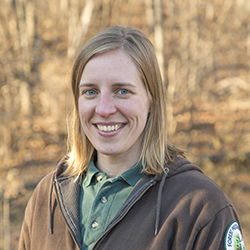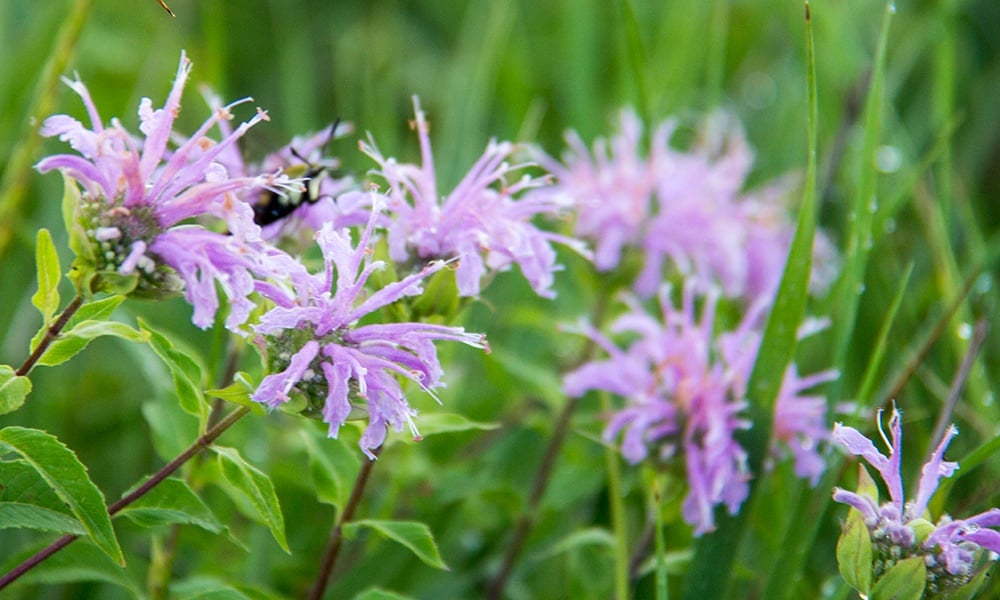
Gardening with native plants has many rewards, but it can also pose some challenges. The beautiful flowers may attract pollinators, but they may also attract unwanted critters, like rabbits that eat your phlox or squirrels that dig up your bluebells.
Instead of losing sleep over it or giving up on native landscaping, follow some simple advice for tackling your garden challenges.
Know Your Enemy
Determine who is eating what before creating a plan to deter thieving critters. Animals most likely to damage your yard are deer, rabbits, birds and rodents, including squirrels, groundhogs and chipmunks.
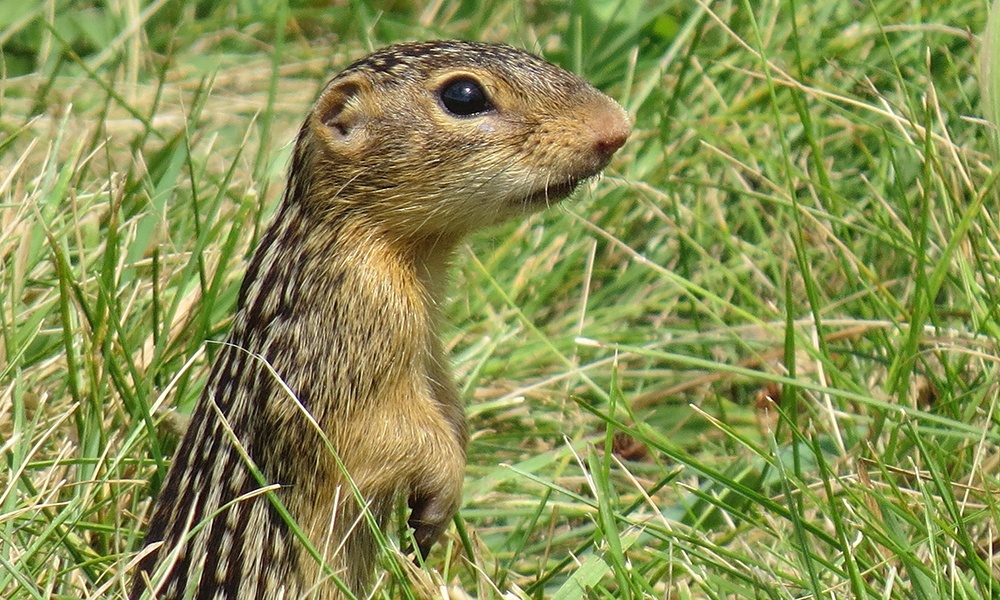
Increase Diversity
Native plants provide a great strategy for battling garden pests. Choose a variety of plants with colorful blooms to attract numerous pollinator species to a buffet of nectar and pollen. Increasing plant diversity in your garden provides a variety of food sources for more beneficial insect species, which then keep the pesky ones in check.
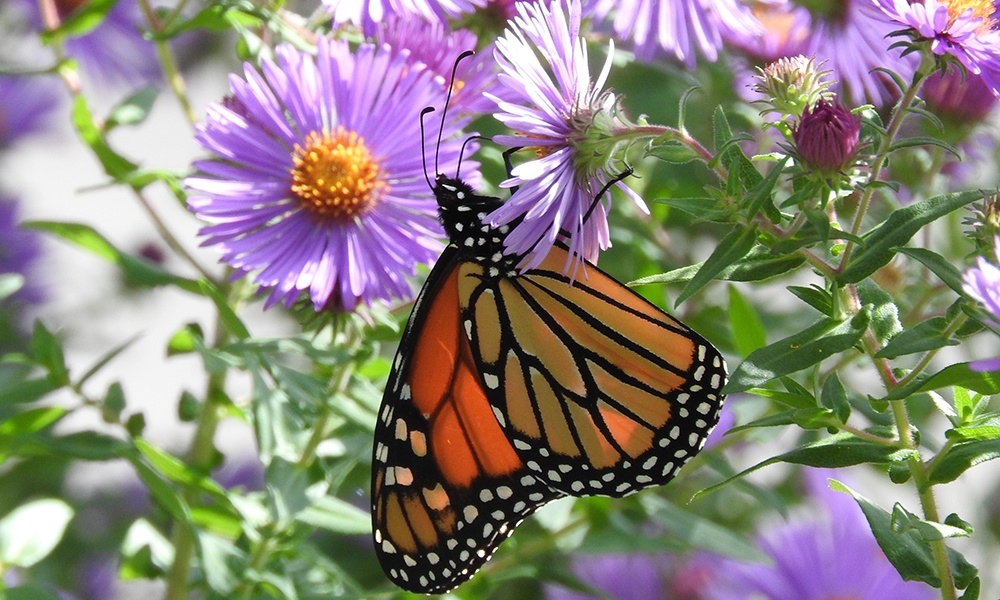
Interplant
Permaculture — the practice of working with nature rather than against it — focuses on planting different species together that complement each other while providing resources for wildlife and people. For example, a straight row of salad greens becomes less enticing to a wild rabbit when strong-smelling plants like nodding wild onion and bergamot are interspersed with it.
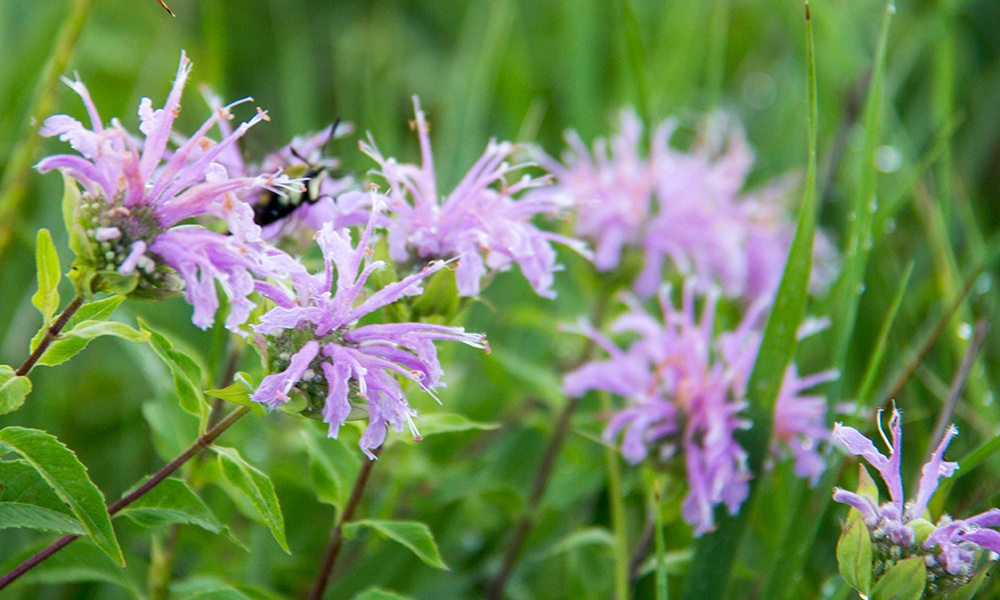
Deter Furry Visitors
Aromatic, prickly or fuzzy native plants deter mammals from turning your garden into a buffet. Black-eyed susans, aster, lupine, coreopsis and purple coneflower planted among, or bordering, vegetable crops help repel deer, rabbits, squirrels and chipmunks. Alliums, such as nodding wild onion, and plants in the mint family, such as mountain mint, can also do the trick. Fragrant plants have an added bonus of being pleasant to humans and can provide some fresh, herbal flavors for your kitchen too.
Sprinkle pet hair around the base of plants. One naturalist recommends getting dog hair from a local groomer and placing it in nylon pouches throughout the garden. The scent of these “predators” will deter animals from lingering in your yard. Unlike other methods that wash away when it rains, the pet hair smell will intensify when wet.
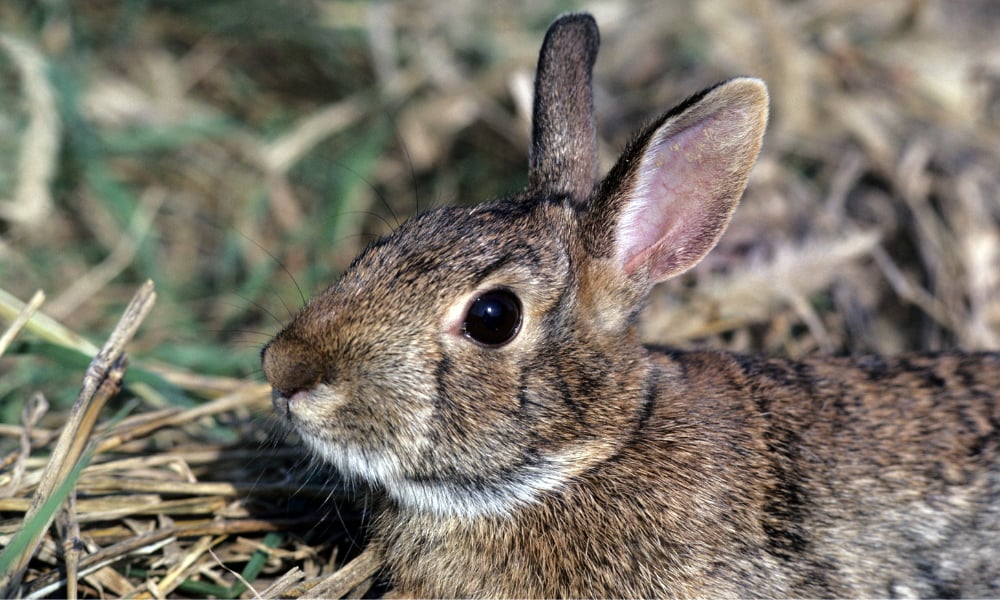
Contain It
You can temporarily fence in smaller, younger plants with chicken wire, mesh cages, rabbit fencing or wooden stakes and burlap. Permanent fences made from wooden pickets or natural bamboo can add protection for your plants and some add attractive features to your garden. For flexible fencing materials, bend the top wire outward and bury the bottom at least 6 inches underground to keep out hopping as well as burrowing animals. As the plants mature and grow hardier, they should be able to hold their own.
Wrap a layer of metal or plastic mesh, bird netting, burlap, or rough-spun material temporarily over fruiting plants to prevent birds from gobbling them all up before you get to them. Be sure the openings in the material are large enough for pollinators to be able to move in and out and reach the flowers.
Raised beds naturally restrict some animal access. In addition, some plants that spread prolifically, such as bergamot, beebalm and mountain mint, can be better contained and controlled when planted in a container or within a constructed border.
Learn to Live With It
Trying to save every leaf, bud and berry can be overwhelming. Rather than viewing it as an all-or-nothing proposition, it might be better to view it as the good outweighing the bad. Remind yourself that the native plants in your garden benefit pollinators, migrating birds and local wildlife. And wildlife, after all, is a natural and important part of the native landscape.
Why not embrace the opportunity to observe native species up close and allow them to become part of your garden’s daily rhythm? The native plants you have chosen are well-suited to the soil, moisture, weather and pests of our region, which means less work for you! Congratulate yourself for creating this oasis for native wildlife and becoming a steward of the land and let nature take care of the rest.
Go Native in Your Garden!
Once you've mapped out your native landscaping, you can shop in person for native flowers, shrubs and trees at our annual Native Plant Sale May 13 and 14 at Mayslake Peabody Estate in Oak Brook!
Support the Friends of the Forest Preserve District of DuPage County and purchase a ticket for an exclusive ticketed in-person Native Plant Pre-Sale May 12.
This year's sale will be in-person only. Details, including a list of plants and info on tickets for the May 12 advanced event, are available at dupageforest.org/native-plant-sale. Tickets go on sale April 11 at 8 a.m. for the exclusive early-bird shopping event.
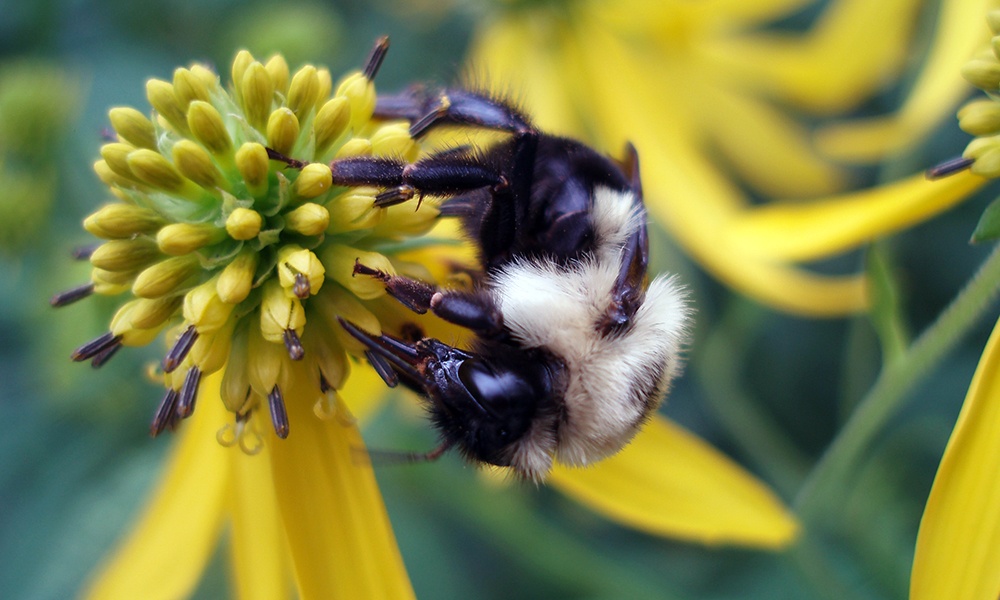
Jennifer Rydzewski
